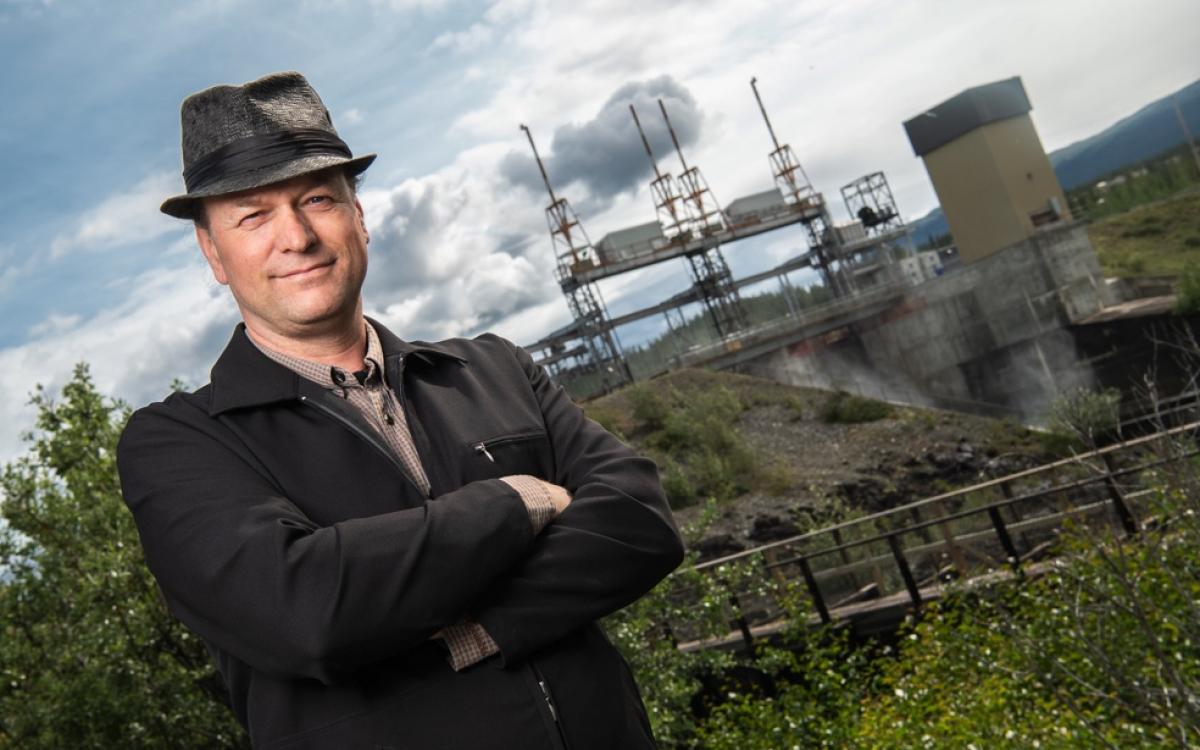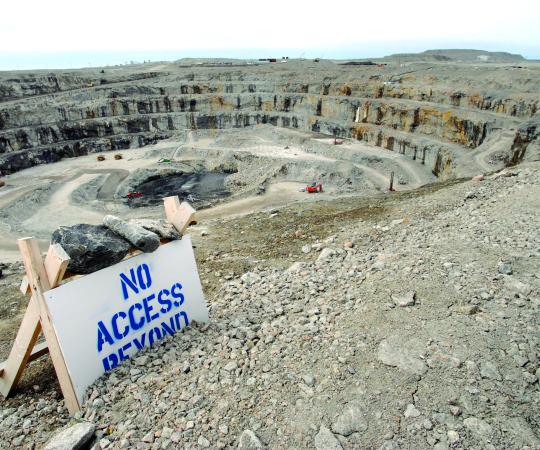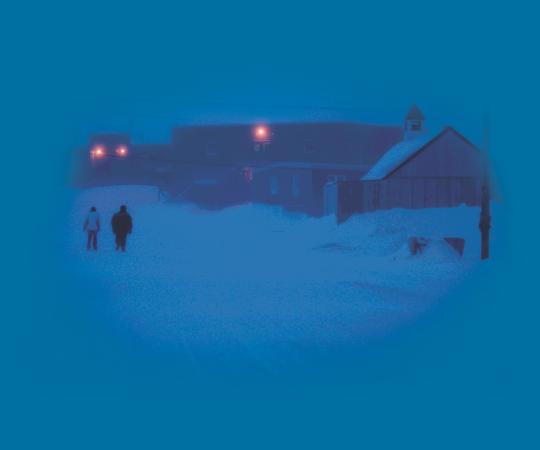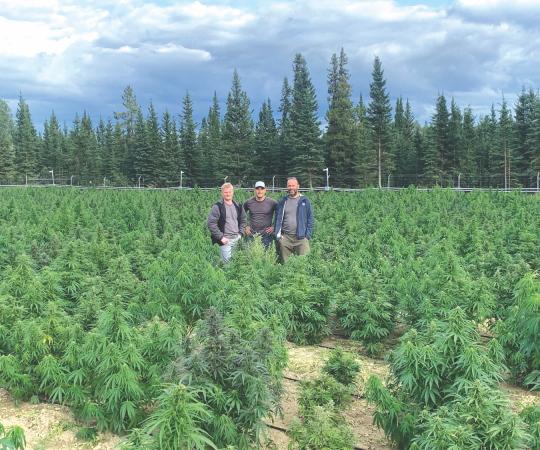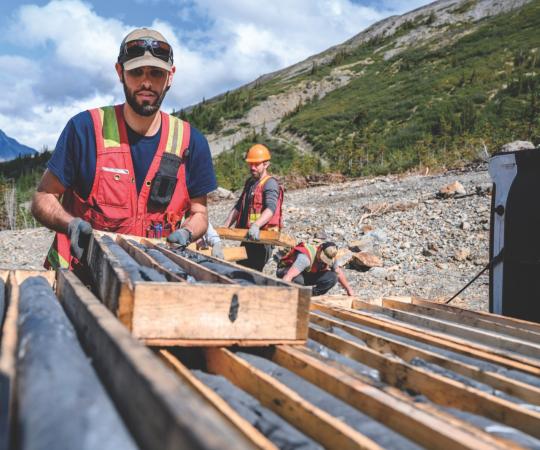On the night of June 10, when every bar in Whitehorse was packed with cheering people as the Toronto Raptors in Game 5 of the NBA championship, an unexpected venue was also standing room only—the Whitehorse Public Library. Rather than athleticism, the 100 people there had gathered for a two-hour meeting on renewable energy, organized by Yukoners Concerned. Included on the program was J.P. Pinard—the Kawhi Leonard, if you will, of this particular event.
A consulting engineer, Pinard is not an entrepreneur in the typical sense. He has no product of his own to push beyond his wide-ranging expertise. But his pitch for green energy comes with all the zeal of a new business owner on their first day. He can be loquacious when he talks about kilowatt-hours of wind energy and other big concepts—Pinard admits his 30-second elevator pitch lasts five minutes—but he can be convincing, too.
Take the case of Joie Quarton. She was an acquaintance of Pinard’s and when they met, he was always talking about a technology called electro-thermal storage, or ETS, a device based on ceramic bricks that draws energy during off-peak hours and stores it as heat to warm a building around the clock. Pinard’s enthusiasm for ETS was convincing enough that Quarton invested $12,000 in a unit when she and her husband replaced their oil-burning furnace in 2013.
These days, Pinard often sends people to Quarton’s place to look at the unit, though there’s not much to see—just a metal box in the basement. He knows of two dozen more people who’ve bought their own, but that number may soon jump. The Yukon Conservation Society recently applied to the federal government’s funding program for Clean Energy for Rural and Remote Communities. If selected, YCS plans to install ETS units in a number of homes and buildings as part of a pilot project aimed at reducing peak loads on the electrical grid.
It’s hard to tell if ETS systems save on electricity costs in the Yukon, or when the break-even point arrives. Consumers in the territory don’t pay lower rates for drawing power during off-peak hours. Oil prices have also been lower in recent years. But for users such as Quarton, that’s not the main issue. “We just didn’t feel good about being on oil,” she says.
And that’s key for Pinard. “I just love this whole energy problem-solving question...It seems like a daunting fat task to reduce (fossil fuel consumption) by half as a country, but in the Yukon, it seems doable. We have resilient and smart people.” In fact, he thinks it’s feasible for the territory to reduce fossil fuel use by half by 2030. His goal is for the Yukon to lead Canada in renewable energy use and for First Nation development corporations to be at the forefront of that effort.
To that end, Pinard has worked with various First Nations on wind and solar feasibility studies. Most recently, he monitored wind in Old Crow, where the Vuntut Gwitch’in First Nation is looking for a winter renewable energy source to complement the community’s new solar project, which is slated to come online by summer 2020.
“Fossil fuels are brought in from outside and it’s basically millions of dollars that leave these communities every year,” Pinard says. Going forward, he would like to see the Yukon government offer rebates on ETS. “I see the potential here,” he says. “As a homeowner...you need to be trying to get off fossil fuels. You’re trying to do your part for climate change.”

